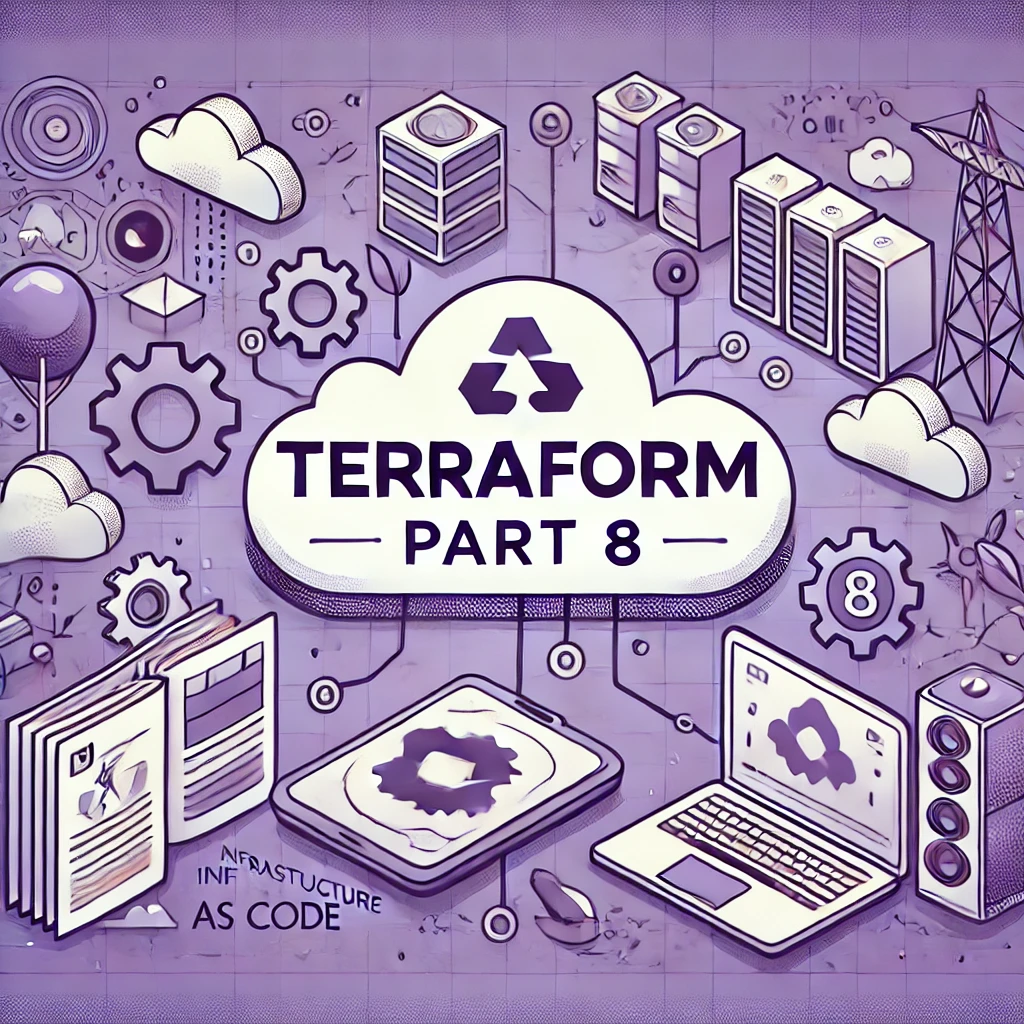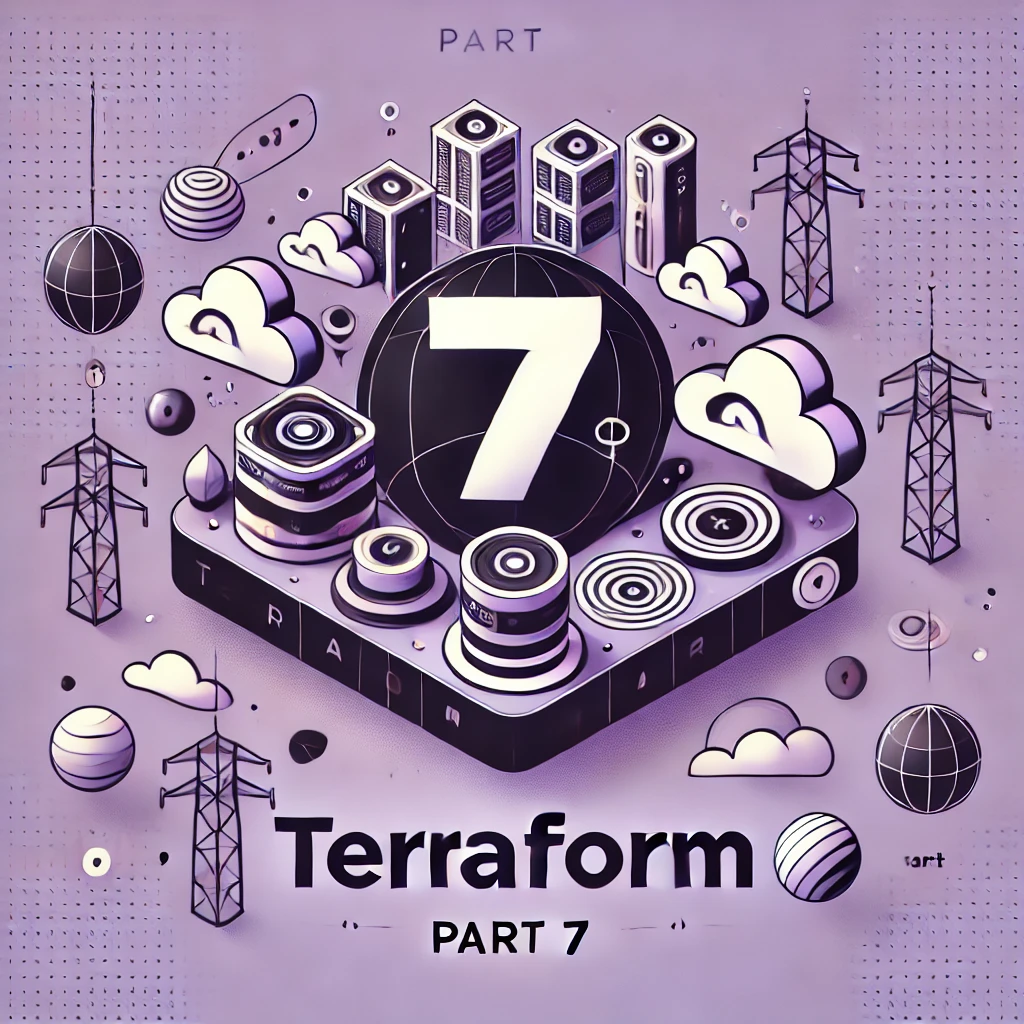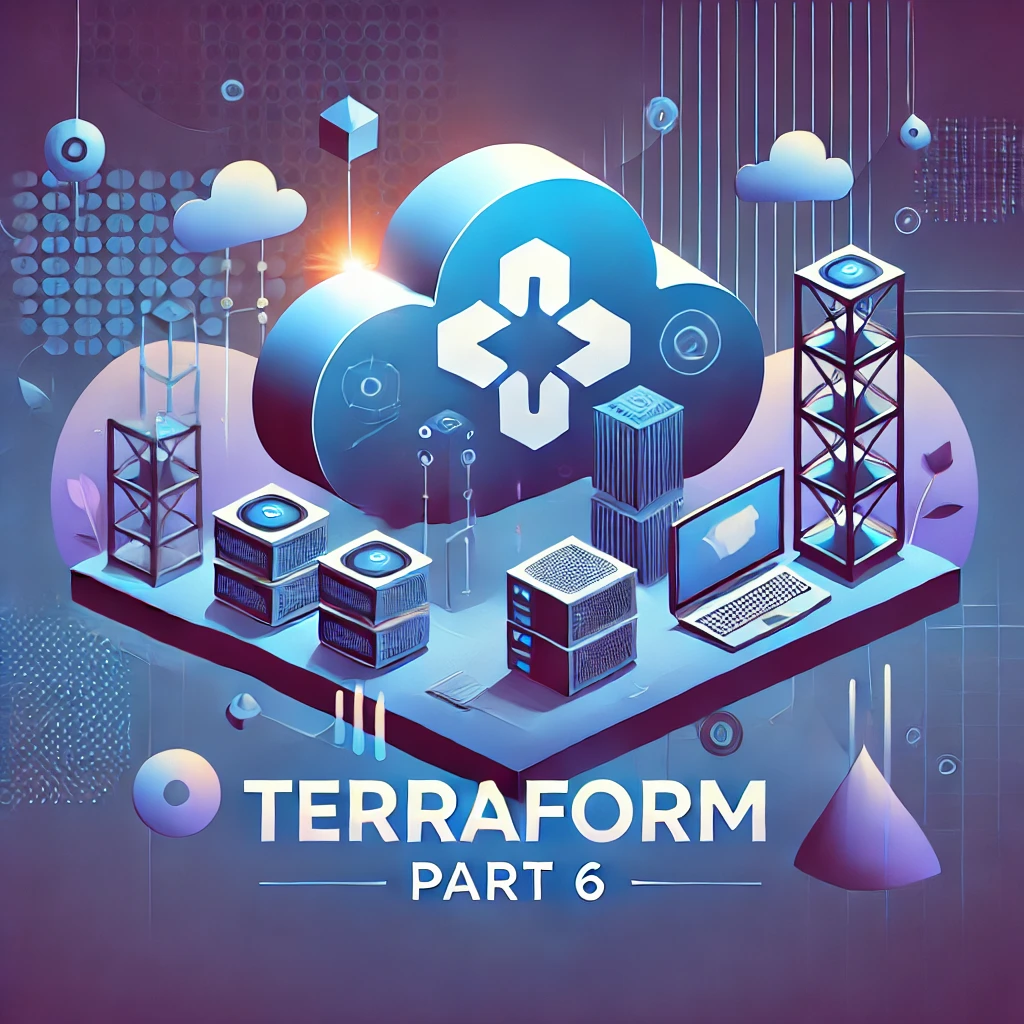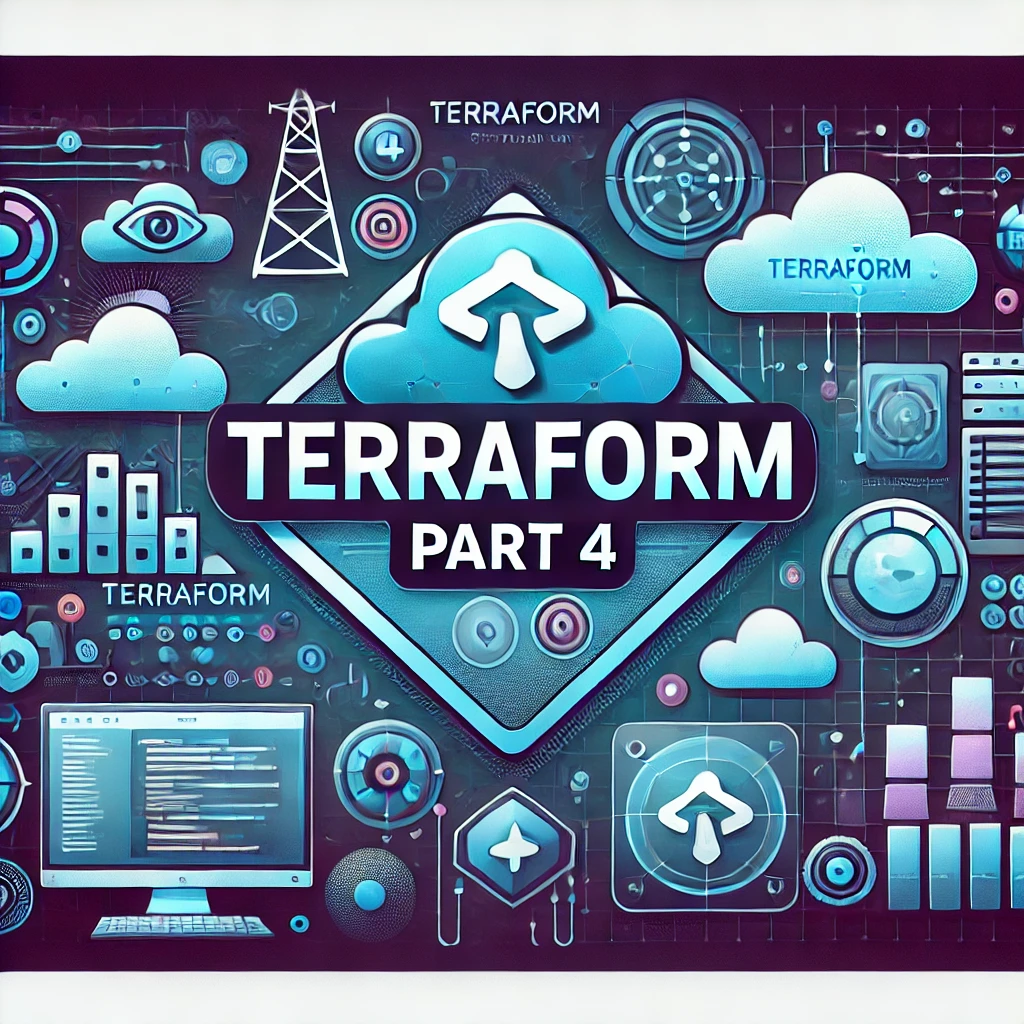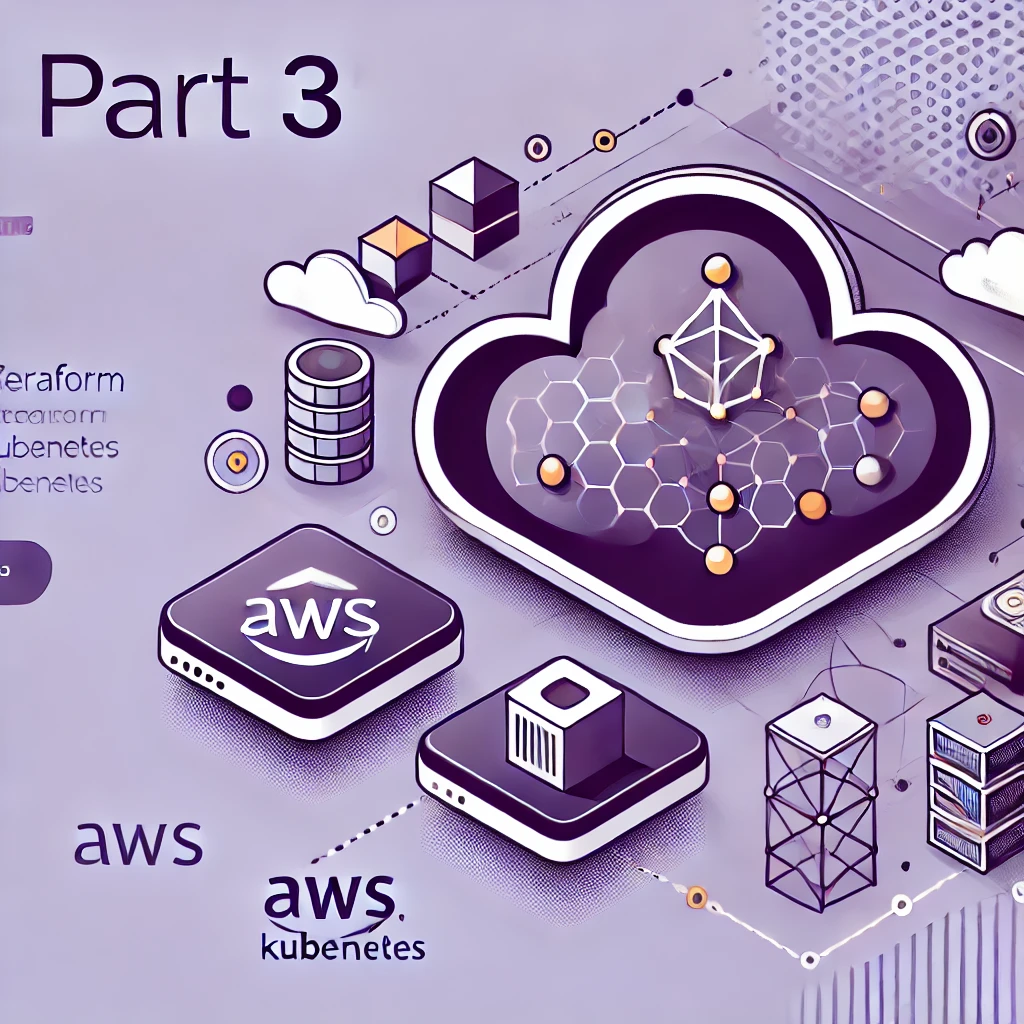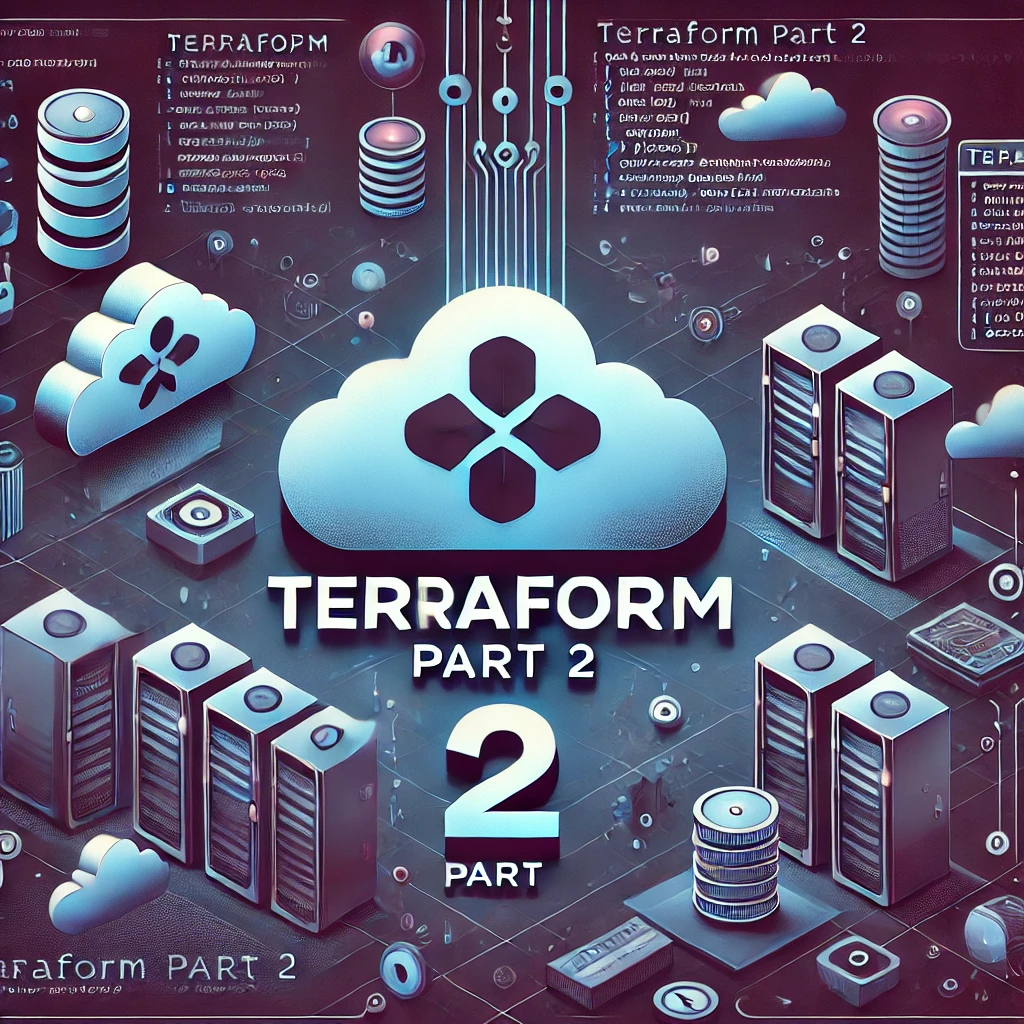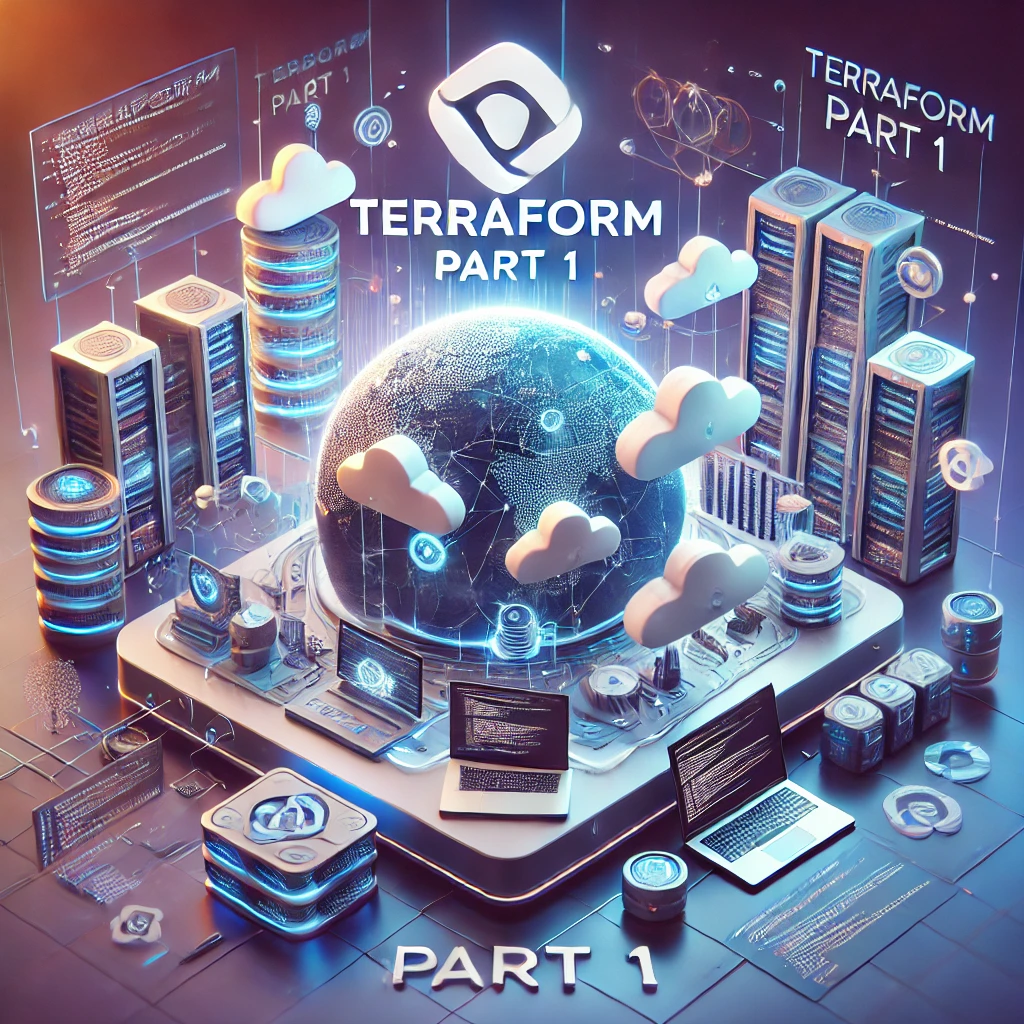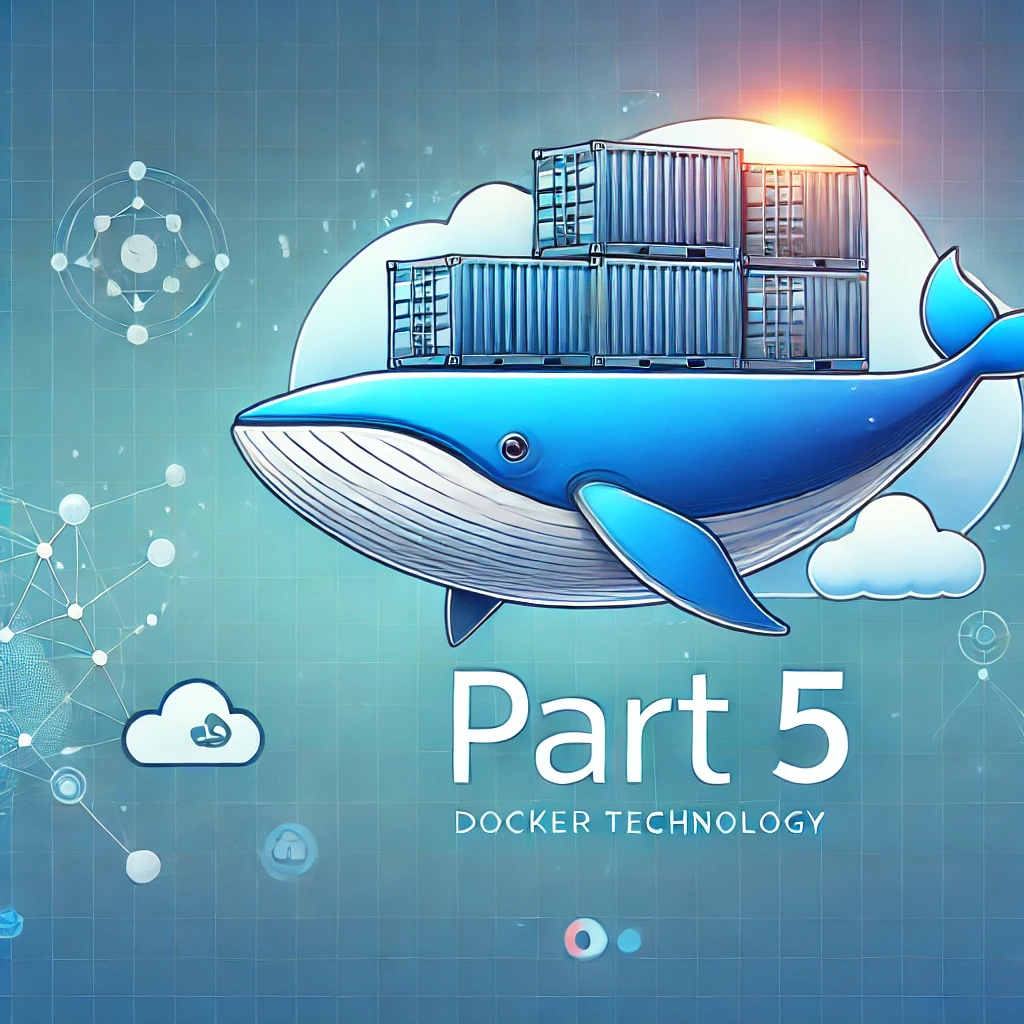Terraform Part8
Terraform and AWS EKS we’re going to create an EKS cluster using Terraform. We created the EKS cluster using both the AWS Management Console and EKS control, observing the numerous components involved, including worker nodes, configurations, and AWS-managed background processes. Managing configuration changes, such as modifying VPC settings, subnets, or worker nodes, requires manually adjusting […]

